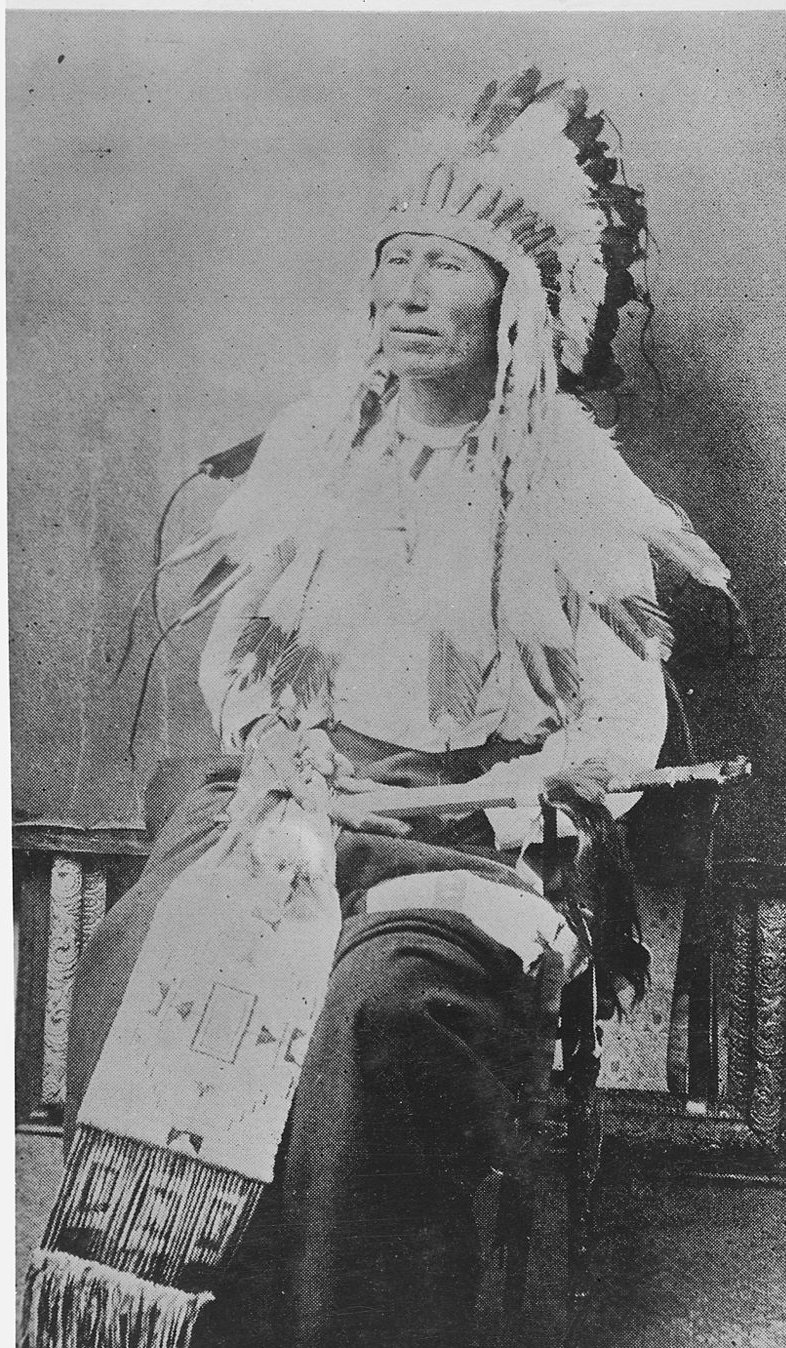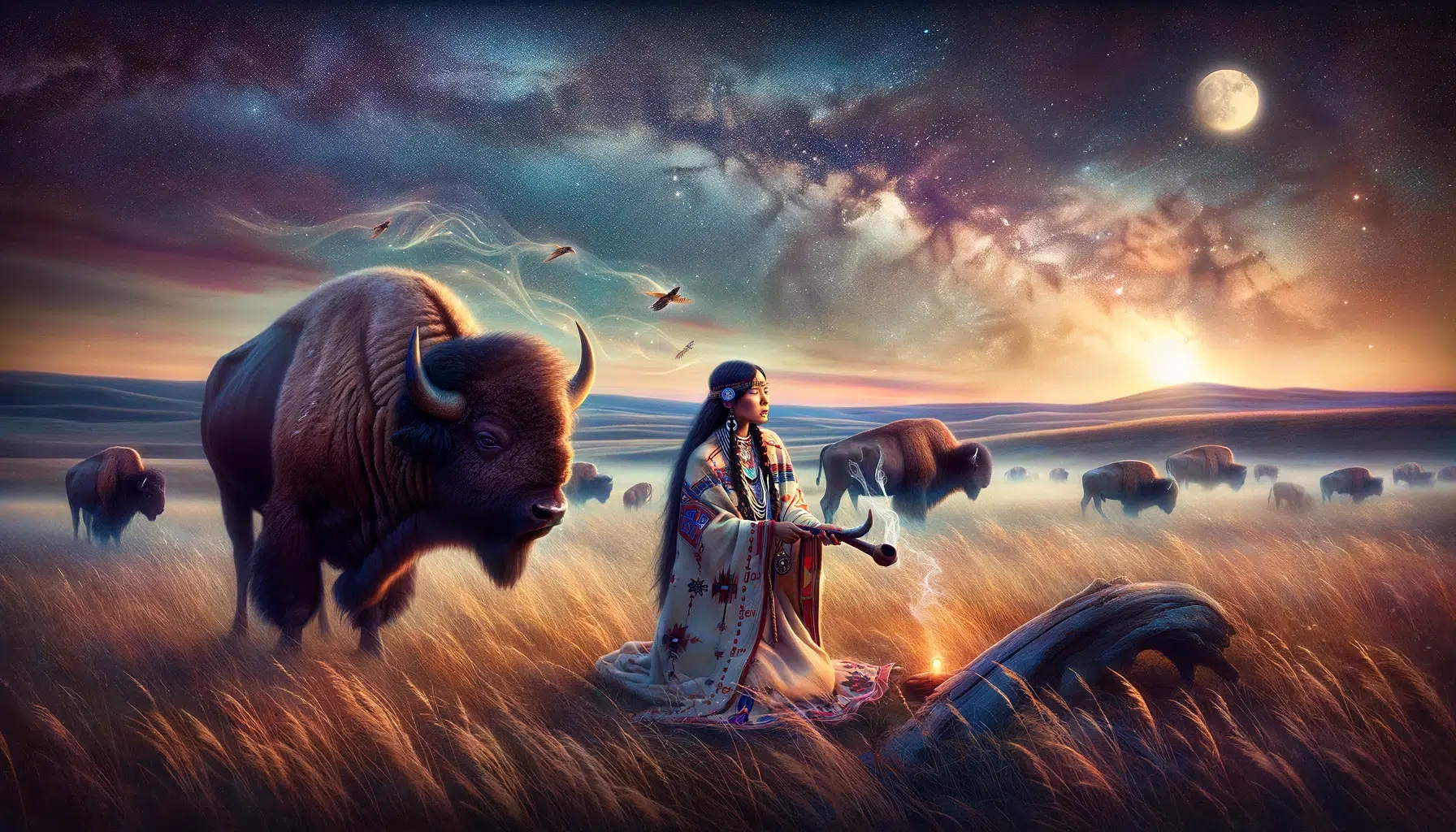
The Cheyenne Morning Star Ceremony: A Celestial Tapestry of Spirit and Survival
In the vast expanse of the North American Great Plains, where the sky meets the earth in an unbroken horizon, the Cheyenne people have long looked to the heavens for guidance, power, and spiritual connection. Among the myriad celestial bodies, none held a more profound and complex significance than the Morning Star – the planet Venus – the focal point of the revered, and historically misunderstood, Cheyenne Morning Star Ceremony. This ancient rite, deeply embedded in Plains cosmology, transcended mere astronomical observation; it was a living prayer, a conduit to creation, and a testament to the enduring spiritual fortitude of a people intrinsically linked to the rhythms of the cosmos.
The Cheyenne Morning Star Ceremony, or Motsé’eóhtse in the Cheyenne language, represents one of the most powerful and symbolically rich rituals within Plains Indigenous cultures. Its central purpose was to ensure the renewal of life, the fertility of the land, the abundance of the buffalo, and the well-being and prosperity of the Cheyenne nation. At its heart lay the veneration of the Morning Star, perceived not merely as a celestial body, but as a potent deity, a spiritual entity imbued with immense creative and protective power.
Historically, the ceremony gained notoriety, and often condemnation, for a specific, rare, and ultimately discontinued practice: the ritualistic sacrifice of a human captive. Accounts from the 19th century, notably those from the early 1800s, describe instances where a young woman, often captured from an enemy tribe, was offered to the Morning Star. This practice, though horrifying to modern sensibilities and ceasing by the mid-1830s, was understood within its specific cultural context as the ultimate act of sacrifice to appease the Morning Star and secure the nation’s survival and spiritual renewal. It was seen as a profound, if desperate, plea for the continuation of all life, a reciprocal act for the life-giving power the Morning Star was believed to possess.
However, to focus solely on this aspect is to miss the profound spiritual and cosmological framework that underpinned the entire ceremony. The Morning Star was a complex figure in Cheyenne mythology, often personified as a male warrior deity, a bringer of light, and a harbinger of new beginnings. Its appearance in the pre-dawn sky, brilliant and solitary, signaled the triumph of light over darkness, the promise of a new day, and the cyclical nature of existence.
"For the Cheyenne, the Morning Star was not merely a planet; it was a potent deity, a warrior spirit, and a bringer of life," states Dr. Anya Sharma, an ethnohistorian specializing in Plains cultures. "Its appearance signaled the dawn, a moment of renewal, and a powerful invocation for prosperity and protection. The ceremony was a profound expression of their cosmological understanding, where the celestial directly influenced the terrestrial."

In Plains cosmology, the cosmos is not a distant, indifferent realm but an active, interconnected web of spiritual forces. The Sun, Moon, and Stars were seen as living entities, possessing consciousness and power, and directly influencing human lives. The Morning Star, in particular, held a unique position due to its striking brilliance and its dual manifestation as both Morning Star (Venus rising before the sun) and Evening Star (Venus setting after the sun). This duality further enriched its symbolism, associating it with both the aggressive, life-initiating force of the dawn and the reflective, nurturing energy of the dusk.
The ceremony itself, in its fullest historical expression, was an elaborate and highly structured affair, requiring months of preparation and involving the entire community. It was typically undertaken in response to a great crisis – a severe famine, a devastating epidemic, or a prolonged period of warfare – when the very survival of the Cheyenne people was at stake. The spiritual leaders, led by the Keeper of the Sacred Arrows (one of the four most sacred bundles of the Cheyenne), would meticulously plan the ritual, ensuring every detail adhered to ancient protocols and spiritual mandates.
The construction of the ceremonial lodge was a sacred act in itself, often involving specific wood types and orientations that mirrored the cosmic order. An altar would be built, often depicting celestial symbols, and sacred objects would be arranged. The ritual space was transformed into a microcosm of the universe, where the boundaries between the physical and spiritual realms became thin. Participants would engage in purification rituals, prayers, fasting, and singing, all aimed at establishing a powerful connection with the Morning Star.
The symbolism woven throughout the ceremony was rich and multi-layered. Red, the color of the rising sun and the life-giving blood, was prominent. Directions were crucial, with the east, the direction of the Morning Star’s appearance, holding particular significance. The sacred pipe, central to nearly all Plains ceremonies, would be smoked, its tobacco smoke carrying prayers to the heavens. The buffalo, the lifeblood of the Plains tribes, was also deeply integrated, its spirit invoked for continued sustenance.
"The Morning Star Ceremony was a profound act of sacred geomancy," explains John Tall Bear, a Cheyenne cultural educator. "It was about aligning the physical world of the Cheyenne with the spiritual power of the cosmos. Every gesture, every song, every sacred object was a prayer, a way to speak to the forces that govern life and death, renewal and stagnation."
While the specific historical practice of human sacrifice ceased long ago, the spiritual essence and profound veneration of the Morning Star endure within Cheyenne culture. The core beliefs associated with Venus – renewal, protection, fertility, and the warrior spirit – remain vital components of Cheyenne identity and contemporary spiritual practices. The memory of the ceremony serves as a powerful reminder of the deep spiritual traditions that shaped their ancestors and continue to influence their worldview.
Today, the Cheyenne people, like many Indigenous nations, are actively engaged in cultural revitalization. This involves reclaiming and reinterpreting ancient traditions in ways that are relevant and empowering for modern generations. While the Morning Star Ceremony in its 19th-century form is no longer practiced, its cosmological teachings are preserved through oral histories, songs, and ceremonies that honor the celestial bodies and their enduring significance.
The Cheyenne’s profound connection to the Morning Star is not an isolated phenomenon within Plains cosmology. Many Indigenous nations across the continent held deep reverence for celestial bodies, weaving them into their origin stories, ceremonies, and daily lives. The Pawnee, for instance, also had a prominent Morning Star ceremony, albeit with different specific practices and mythologies, highlighting a shared pan-Plains understanding of celestial influence and the interconnectedness of all creation. These traditions underscore a worldview vastly different from Western scientific reductionism, one where the universe is alive, sentient, and in constant communication with humanity.
The Cheyenne Morning Star Ceremony, in its historical grandeur and its enduring spiritual legacy, serves as a powerful reminder of the intricate relationship between humanity and the cosmos. It speaks to a worldview where the celestial is not distant but intimately connected to earthly life, where planets are not merely spheres of gas and rock but living entities imbued with spiritual power. It is a testament to the resilience of a people who, through centuries of challenge and change, have maintained their profound spiritual connection to the stars, ensuring that the light of the Morning Star continues to guide them towards renewal and survival. The ceremony, in its past and its enduring spirit, remains a beacon, reflecting the brilliance of Venus and the unwavering spiritual heart of the Cheyenne nation.
